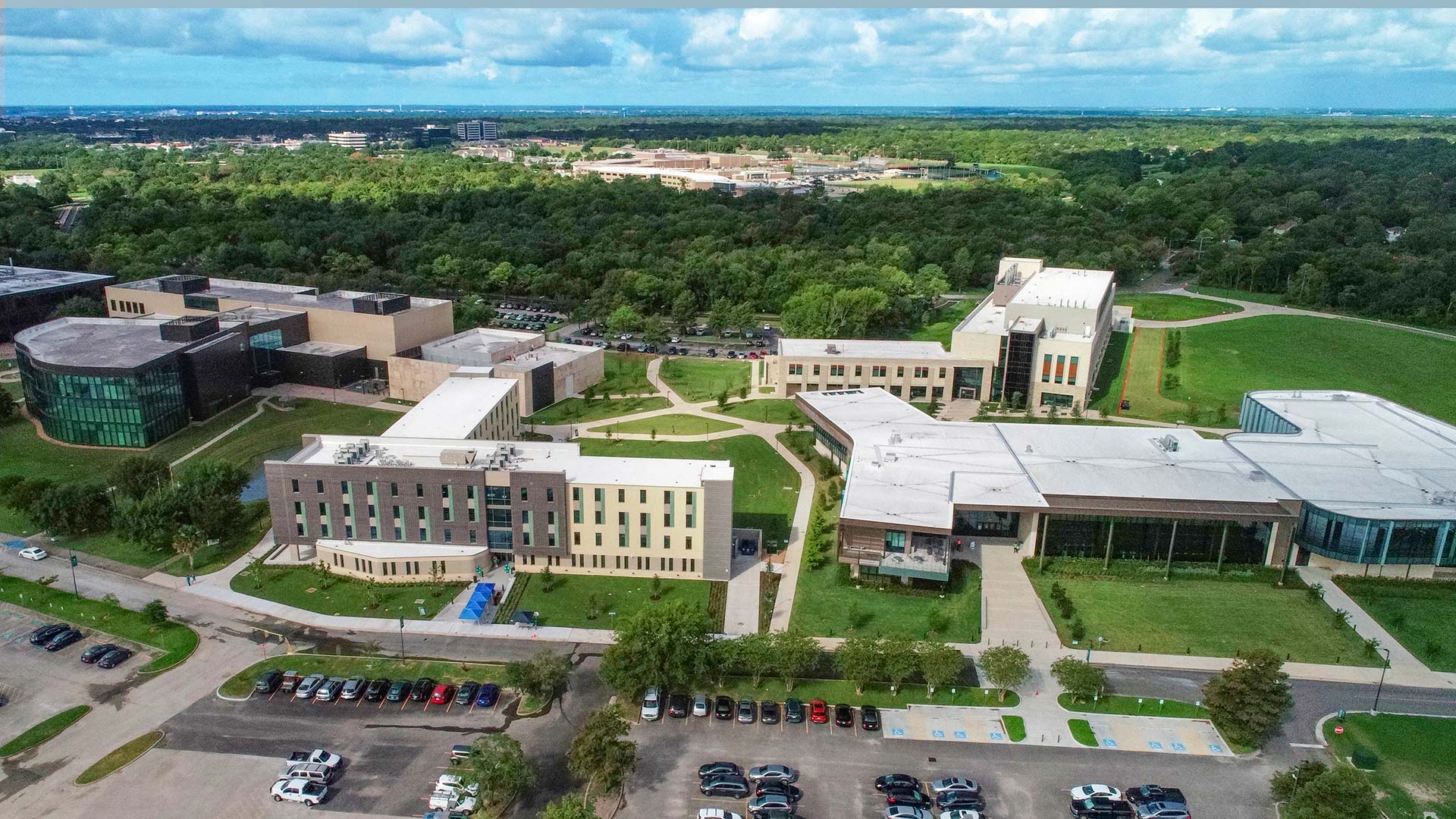- Future Students
- How to Apply
- Visit UHCL
- Admitted Students
- Tuition, Costs and Aid
- Degrees and Programs
- Contact Admissions
- Current Students
- Class Schedule
- Academic Calendar
- Advising
- Events
- Library
- Academic Resources and Support
- Student Services and Resources
- Alumni
- Lifetime Membership
- Alumni Events
- Update Your information
- Awards and Recognitions
- Give to UHCL
Hispanic Heritage Month: How identity politics affects us locally, nationally
October 10, 2022 | UHCL Staff
 In celebration of Hispanic Heritage Month, the Office of Student Diversity, Equity and Inclusion at University of Houston-Clear Lake offered a “Food4Thought” presentation on identity
politics last week, led by Chief Diversity, and Inclusion Officer Brice Yates.
In celebration of Hispanic Heritage Month, the Office of Student Diversity, Equity and Inclusion at University of Houston-Clear Lake offered a “Food4Thought” presentation on identity
politics last week, led by Chief Diversity, and Inclusion Officer Brice Yates.
The phrase “identity politics” can be divisive, because it implies that the cultural identity and power of a minority population has been diminished by a more powerful, majority population.
“Basically, it means that the winner of a conflict can determine how to ‘lump together’ or categorize a minoritized group,” Yates said. “But it’s important to understand that Hispanic or Latino is not a race, it’s an ethnicity. The term ‘Hispanic,’ deriving from Latin word Hispania, was developed by the U.S. government for the 1980 census. That terminology can be traced to immigration waves that occurred from primarily Spanish-speaking countries like Mexico in the early 1900s, Cuba in the 1950s and 1980s, the Dominican Republic in the 1960s, Nicaragua in the 1970s, Guatemala, El Salvador, and Peru in the 1980s, and Colombia in the 1990s.”
Yates said that when those immigration influxes happened, the majority population created the term Hispanic, which removed individuals’ national identity.
“You might be from Peru or Puerto Rico or Mexico, but on the census, you were Hispanic,” he said.
In 2000, the census began using the term “Latino” or “Latina” in reference to Spanish-speaking people.
“This is a term used by the government to categorize individuals, not created by the group itself,” Yates said. “When we jump to 2014, another word emerged, but this was not from the government, but from academia—‘Latinx.’ Researchers say this likely came from people who are members of the Spanish-speaking, LGBTQ+ community,” he continued. “It removes the ‘a’ or the ‘o’ from the word, which is gender identifying and makes it more inclusive. Students in higher education widely began using that term in 2015. Academics began using the term in 2016. There has been a push for those outside of academia to begin using the term as well.”
Today, Yates said, the daily lexicon uses the term Hispanic, although higher education continues to favor Latinx.
“What’s important to realize is that although categories are developed, the pride in national origin or place of descendance is still there and should be acknowledged,” he said. “The approach I take with someone who is from a Spanish-speaking country is allow them to identify themselves as they choose.”
UHCL is a Hispanic-Serving Institution, with approximately 42% of the student population identifying as Hispanic.
“We are working to recognize the diversity we have, and within that, we are working to recognize the individual, as opposed to labeling a person,” he said. “When we let people self-identify, we allow them to see themselves reflected in the university, and they will see that we celebrate those unique identities. That is what allows us to create an affirming, welcoming campus for all individuals.”
For more information about UHCL’s Office of Student Diversity, Equity and Inclusion, go online.






